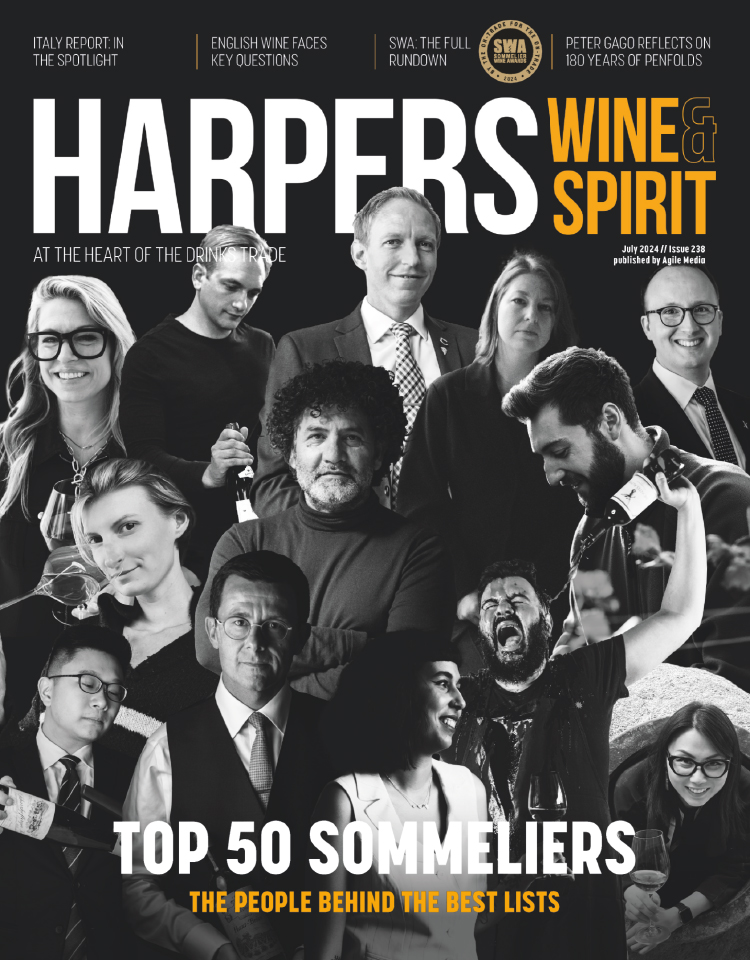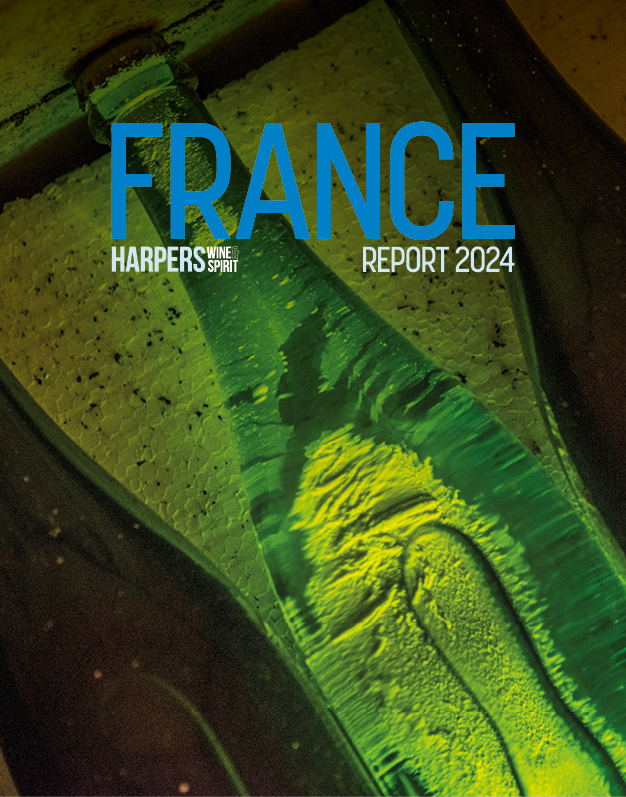
Chronic Sauvignon Blanc shortfall creates “unprecedented opportunity”
New Zealand will not be able to satisfy forecast global demand for Sauvignon Blanc in 2022, due to an exceptionally small harvest this year.
As a result, UK distributors and importers are increasingly focused on sourcing alternatives to Marlborough Sauvignon Blanc, creating an unprecedented opportunity for the global competition.
“We were aware of a lack of availability of previous vintage wine almost 12 months ago, and of the impending small vintage in February of this year,” said Paul Braydon, buying controller at Kingsland Drinks.
He added: “As vintage 2021 progressed and harvest was completed in March, the lack of wine became a reality, so we started to look for alternatives as it was clear there wouldn’t be enough NZ Sauvignon Blanc to fulfil all of our customers’ requirements.
“Even if vintage ‘22 is plentiful, the finite amount of wine produced from Marlborough and New Zealand more generally means that demand will outstrip supply, so buyers will be looking to other regions, especially at the lower price points, which New Zealand will undoubtedly exit.”
Although the volumes exported are significantly lower than New Zealand, the reputation of both Chilean and South African Sauvignon Blanc has risen dramatically in recent years. This has not escaped the attention of the UK trade, which notes that the price point is often more favourable – especially in the premium segment.
“Sauvignon Blanc from the Leyda Valley in Chile is set to be big in 2022; it’s probably the coolest region of Chile so perfect for growing Sauvignon Blanc, with the cooling breezes coming off the Pacific Ocean. We already have a project underway with one of our Chilean supply partners for 2022,” said Braydon.
As it stands today, New Zealand is the world's second largest producer of Sauvignon. However, according to growers in the Marlborough region, extreme spring frosts significantly impacted yields following an earlier than normal budburst, which particularly affected white grape varieties in Marlborough.
“The Sauvignon Blanc yields in Marlborough alone are 30% down,” said a representative from Pernod Ricard.
“The reality is that Pernod Ricard Winemakers will be unable to meet global Marlborough Sauvignon Blanc demand this year after one of the smallest harvests in many years. There is very little, if any, 2020 vintage stock remaining due to the strong ongoing demand for Marlborough Sauvignon Blanc in most key markets, which has added to the issues created by the small 2021 vintage.”
Meanwhile, the industry is facing a perfect storm of reduced supply, increased production costs and ongoing labour shortages, due to the pandemic. Price rises are therefore inevitable.
Fiona Mottershaw, director of brand management at Hatch Mansfield, told Harpers: “It’s certainly a challenging time to be a New Zealand supplier to the wine trade. The last five years has seen huge growth globally for the category, meaning that when the very short 2021 vintage hit, there was no buffer in the system at all.”
“As buyers work hard to ensure their shelves remain stocked, other regions now have an opportunity to take share, although Villa Maria will of course be remaining true to its New Zealand roots.”
Jeroboam's wine director Peter Mitchell MW added that South Africa offered some of the most exciting alternatives to Kiwi Sauvignon Blanc in 2021.
“I expect NZ SB prices to rise significantly – especially at the lower end where bulk prices (if you can find it) have shot up. We secured enough volume for our business early on, albeit with a significant portion of that volume at a premium cost,” he said.
“We have also added a new South African Sauvignon Blanc and tied down volumes of the wines we work with in France and South America, so we are in a comfortable position. South Africa's Sauvignon Blanc wines have a more premium image, sell reasonably well in retail and in most cases are better value than New Zealand. They could gain some long term market share from the New Zealand shortage, but much will depend on the size of the 2022 harvest in Marlborough.”
Keywords:
- wine
- new
- UK
- South Africa
- New Zealand
- Sauvignon
- MW
- Vintage
- Sauvignon Blanc
- demand
- NZ
- marlborough
- marlborough sauvignon
- marlborough sauvignon blanc
- zealand
- blanc
- south
- added
- african sauvignon
- african sauvignon blanc
- south african sauvignon
- supply increased production
- increased production costs
- SB







